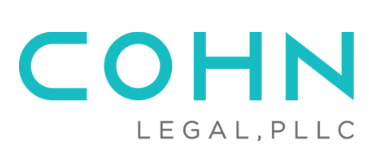UPDATE: Beginning on December 3, 2022, trademark applicants will have three months (with a possible three-month extension), instead of the current six months, to respond to office actions issued during the examination of a trademark application at the United States Patent and Trademark Office (USPTO). This change only applies to office actions issued on or after December 3.
By shortening the response time, the USPTO intends to:
- Decrease the time it takes to get a registration
- Provide the flexibility to request additional time to respond to more complex office actions
This new response period will not apply to post-registration office actions on December 3, 2022. Changes to the post-registration response period will be implemented on October 7, 2023.
Read the Federal Register Notice to learn more about these changes.

